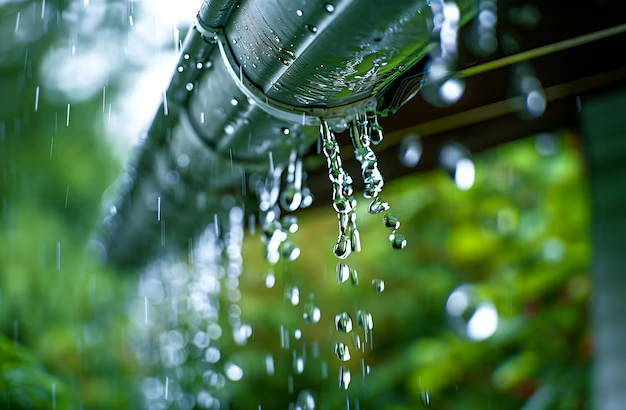Harness the Rain: Simple Steps to Create Your Home Rainwater Harvesting System
Imagine turning nature’s gift of rain into an environmentally friendly resource that benefits your home and saves on water bills. Rainwater harvesting is not only sustainable but surprisingly simple to implement. Here’s how you can design an effective system for your home, fostering self-sufficiency and becoming a steward of the environment.
Why Consider Rainwater Harvesting?
Before diving into the technicalities, understanding the benefits of rainwater harvesting enhances the appeal of adopting this eco-friendly practice. A well-designed system can:
- Reduce your water bills: Capture and use rainwater for gardening, flushing toilets, or even as drinking water with proper treatment.
- Conserve water: Less dependence on municipal water supplies helps conserve this precious natural resource.
- Decrease stormwater runoff: Minimizes the risk of flooding and reduces soil erosion in your yard.
Designing Your Rainwater Harvesting System
Creating your home’s rainwater harvesting system involves several key steps, each focusing on maximizing water capture and ensuring it’s safely stored for future use.
1. Assess Your Roof Area
Your roof acts as the catchment area for the system. The size and material of your roof influence how much water you can collect. Metal or tile roofs are ideal, as they are smoother, allowing water to flow freely into your collection system.
2. Select Appropriate Storage
The type and size of your storage tanks depend on your water usage and available space. Common choices include:
- Above-ground storage tanks: Easy to install, available in various sizes and materials like plastic or metal.
- Underground cisterns: Suitable for large-scale systems but require professional installation.
3. Design Efficient Delivery and Overflow System
Ensure the system includes gutters and downspouts that effectively channel water from the roof to the storage tanks. Incorporating a first-flush diverter helps keep debris and contaminants out. Don’t forget to integrate an overflow system to handle excess water without causing floods.
4. Install a Filtration System
Filtering rainwater ensures that it’s clean and safe. Depending on your intended use, options range from simple mesh screens to advanced filtration that makes water potable. Basic filtration is essential to remove debris and prevent mosquitoes from breeding.
5. Maintain the System Regularly
Regular maintenance is crucial for efficiency. Check gutters for blockages, inspect tanks for leaks, and ensure your filters and pumps (if used) are clean and functioning.
Tapping Into Financial and Educational Resources
Implementing a rainwater harvesting system is an investment that can yield significant savings. Fortunately, several programs and grants can ease the initial financial burden.
- Government incentives: Many local governments offer rebates or tax incentives for installing eco-friendly systems, including rainwater harvesting.
- Financial assistance programs: Look into loans or grants specifically aimed at promoting residential water conservation efforts.
- Educational workshops: Attend workshops to gain knowledge on system maintenance and optimization—often promoted by environmental NGOs or local governments.
📊 Explore Financial Avenues for a Greener Home
- 🌧 Water Conservation Rebates: Check with your local council for rebates on water-saving infrastructures like rainwater harvesting.
- 💵 Energy-Efficient Home Loans: Some financial institutions offer loans with favorable terms for home improvements that boost energy efficiency.
- 📚 Sustainable Living Grants: Educational grants available for attending programs that educate homeowners about sustainable practices.
- 🏦 Green Home Tax Credit: Investigate if your government offers tax credits for implementing eco-friendly systems.
Embracing a rainwater harvesting system can herald a new chapter in sustainable living. With the support of financial programs and community resources, creating an efficient system is more accessible than ever. Start now, and turn every rainstorm into an opportunity for conservation and savings.
